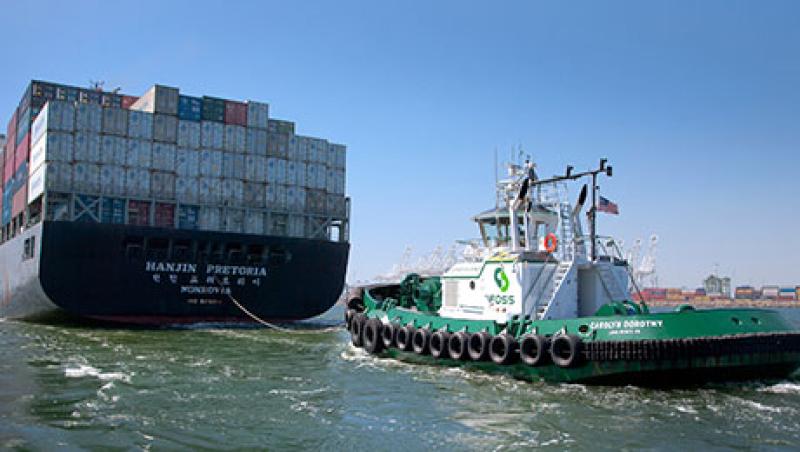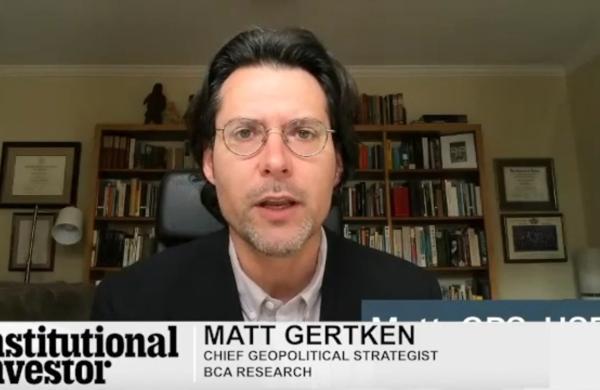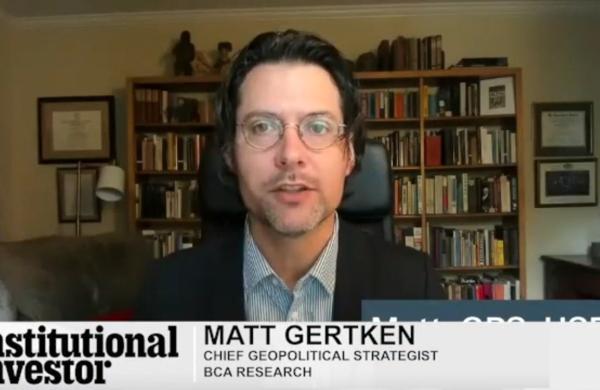Long the bearer of the dirty reputation of being the transportation industry’s last bastion of polluting fuels, the maritime industry accounts for between 3 and 4 percent of climate-change emissions. It wasn’t until 2010 that emission and pollution standards by the United Nations’ International Maritime Organization (IMO) were established. In comparison, cars and light trucks have been subject to such rules since 1970.
Ship operators can adjust by buying a cleaner but costlier version of bunker fuel. Another option is to buy scrubbers, which fit over smokestacks and capture emissions that later require disposal. Enter liquefied natural gas. A cleaner and cheaper alternative, LNG has shipowners in the U.S. either giving up the polluting fuels they typically use or preparing to do so eventually. This could be good news for U.S. gas producers. Natural gas prices are typically lower in the U.S. than elsewhere in the world, so new sources of demand will help soak up supply.
“Producers in North America might get the benefit of increased pricing if we can tap that global market,” says Adam Wise, a managing director at John Hancock Financial Services in Boston who oversees a $7 billion oil and gas portfolio. Two U.S. companies stand out, having made final investment decisions to build LNG export facilities in Louisiana: Cheniere Energy of Houston, which is working on the Sabine Pass LNG terminal on the Texas-Louisiana border, and San Diego–based Sempra Energy, leader of the consortium for the Cameron LNG terminal in Hackberry, Louisiana.
Other U.S. companies have applied for permits to liquefy and sell gas, although some have called into question the economics of switching to LNG. The recent plunge in crude oil prices has been one looming cloud, although LNG prices have also fallen in recent months. In fact, prices at the Henry Hub in Louisiana, the main U.S. spot market, have been consistently lower than prices for crude and conventional ship fuels since 1990, according to a market study by DNV GL, a shipping-industry certification and classification organization based in Oslo. Another matter is the immediate expense of building a ship or converting an existing vessel to process LNG, though over the long term it is a cost-effective move.
Globally, laws and regulations across the planet support LNG as opposed to the other options. Whereas the IMO sets standards for fuels and relies on country-level bodies to enforce them, other regulators influence the industry through their oversight of ports and safety. In the European Union, maritime ports must offer LNG refueling services by 2025. China aims to do the same by 2020. That could drive adoption elsewhere because China is home to six of the world’s ten busiest container ports, according to the World Shipping Council. The Port of Singapore, the second busiest in the world behind Shanghai’s, will offer LNG by 2020 as well. LNG fueling services could be a competitive advantage, says John Graykowski, principal at Maritime Industry Consultants: “Ports fight for every shipping container they can get. It’s enormously competitive.”
There are no similar mandates for U.S. ports, although the two primary federal regulators, the U.S. Coast Guard and the Department of Transportation’s Pipeline and Hazardous Materials Safety Administration, are studying related issues such as port safety. An existing law has already indirectly helped LNG, however: the Merchant Marine Act of 1920, commonly known as the Jones Act. The regulation stipulates that domestic shippers use only U.S.-built and -flagged vessels with U.S. citizens and permanent residents as crew. Compliance pushes costs higher, and one way U.S. shippers compensate is to use their boats for longer — about 40 to 45 years generally, which is double the lifespan internationally, says Kenneth Hoexter, a transportation equity research analyst for Bank of America Merrill Lynch in New York. That means more time to recoup the extra up-front costs of getting vessels ready for LNG.
One limiting factor for LNG adoption, says Hoexter, could be the willingness of ports to offer an LNG option: “You need enough ports that are going to have the structure to service the ships.” That explains why shippers making new orders are accepting the extra cost of dual-fuel capabilities, says Graykowski.
For now, then, that makes having an LNG ship like owning a Tesla: No problem if you’re staying close to home, but if you’re headed out on a road trip, you can’t go just anywhere you want.






